Some photographs are more than just captured moments—they hold a mysterious power to evoke curiosity and unease. These images, often taken with no sinister intent, can send chills down your spine when viewed through the lens of history. Why do they feel so eerie? What hidden stories lie behind them?
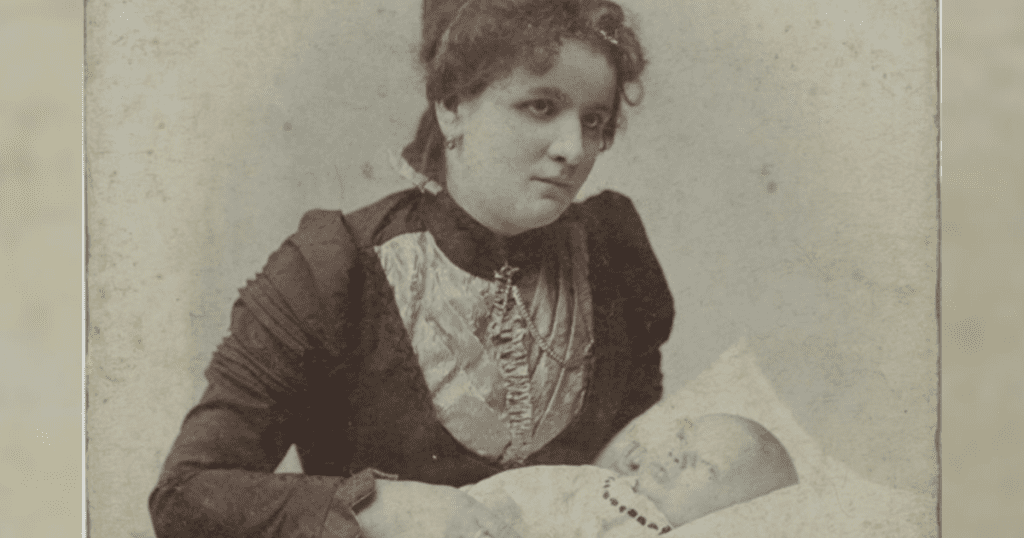
Throughout time, photographs have served as silent witnesses to moments of triumph, tragedy, and transformation. The unsettling details and forgotten contexts of these haunting images have left an indelible mark on history, offering glimpses into the darker corners of human experience. Let’s uncover the fascinating and sometimes chilling stories behind these captivating photographs.
The Mountain of Bison Skulls (1892)
The photograph of a towering mountain of bison skulls, taken in 1892 outside Rougeville, Michigan, is a stark reminder of environmental exploitation and cultural loss. These skulls were collected to produce bone glue, fertilizer, and charcoal during a time when industrialization drove mass slaughter of wildlife.
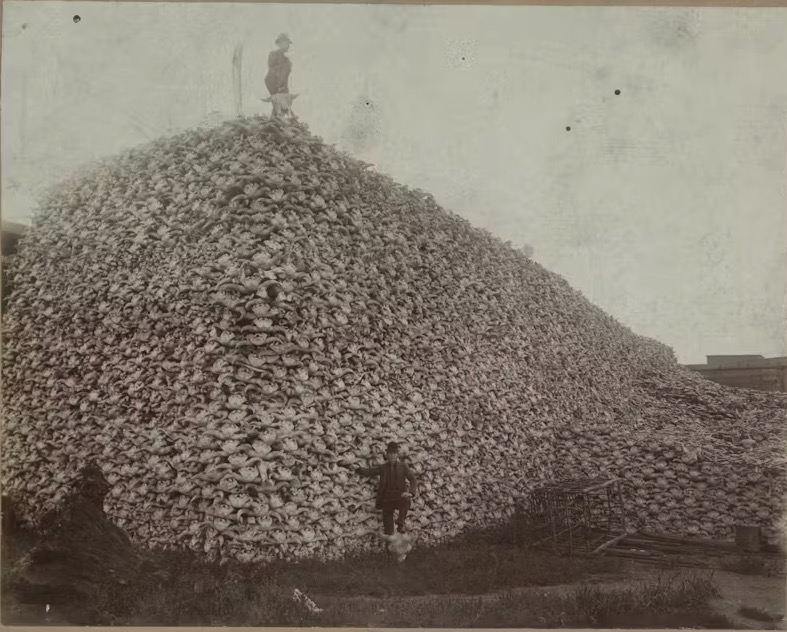
At the beginning of the 19th century, North America was home to an estimated 30–60 million bison. By 1892, that number had dwindled to a mere 456 wild bison. The westward expansion of settlers and market demand for bison hides and bones led to the near-extinction of this majestic species. Indigenous Nations, who shared a deep connection with bison as a vital resource, saw their livelihoods and cultural traditions decimated.
Today, thanks to conservation efforts, bison populations have rebounded to around 31,000 in the wild. This photograph serves as a chilling reminder of the fragile balance between nature and human industry.
Inger Jacobsen and Jackie Bülow (1954)
This seemingly ordinary mid-1950s photo captures Norwegian singer Inger Jacobsen and her husband, Danish ventriloquist Jackie Bülow Jantzen. At first glance, it might appear unsettling—perhaps due to the presence of Bülow’s ventriloquist dummy—but it reflects the vibrant entertainment culture of the era.
Jacobsen was a celebrated singer in Norway, even representing her country at the Eurovision Song Contest in 1962. Bülow’s career as a ventriloquist highlighted a time when the art form thrived, charming audiences on radio and television. The photo is a window into a bygone era, reminding us of how entertainment evolved over the decades.
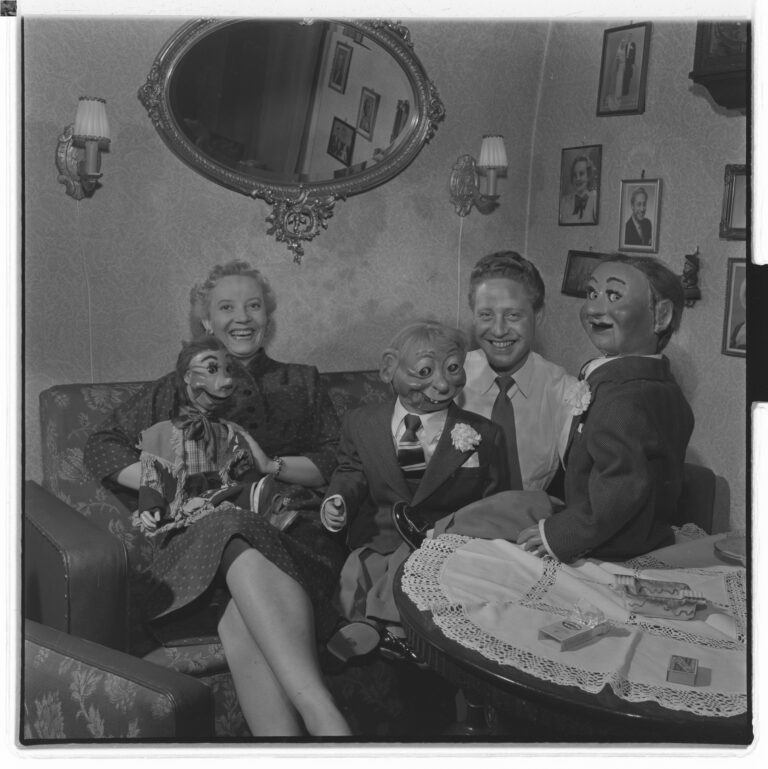
The Sleeping Mummy Trader (1875)
The image of a trader resting among a collection of mummies speaks to humanity’s fascination with ancient Egyptian artifacts—and the troubling exploitation that accompanied it. In the 19th century, mummies were shipped from Egypt to Europe and America, where they became objects of curiosity, status, and even bizarre medical practices.
These mummies were often displayed at “unwrapping parties” held in Victorian parlors, where guests would watch as the wrappings were removed. While such practices blurred the line between science and entertainment, they also reflected a lack of respect for cultural artifacts.
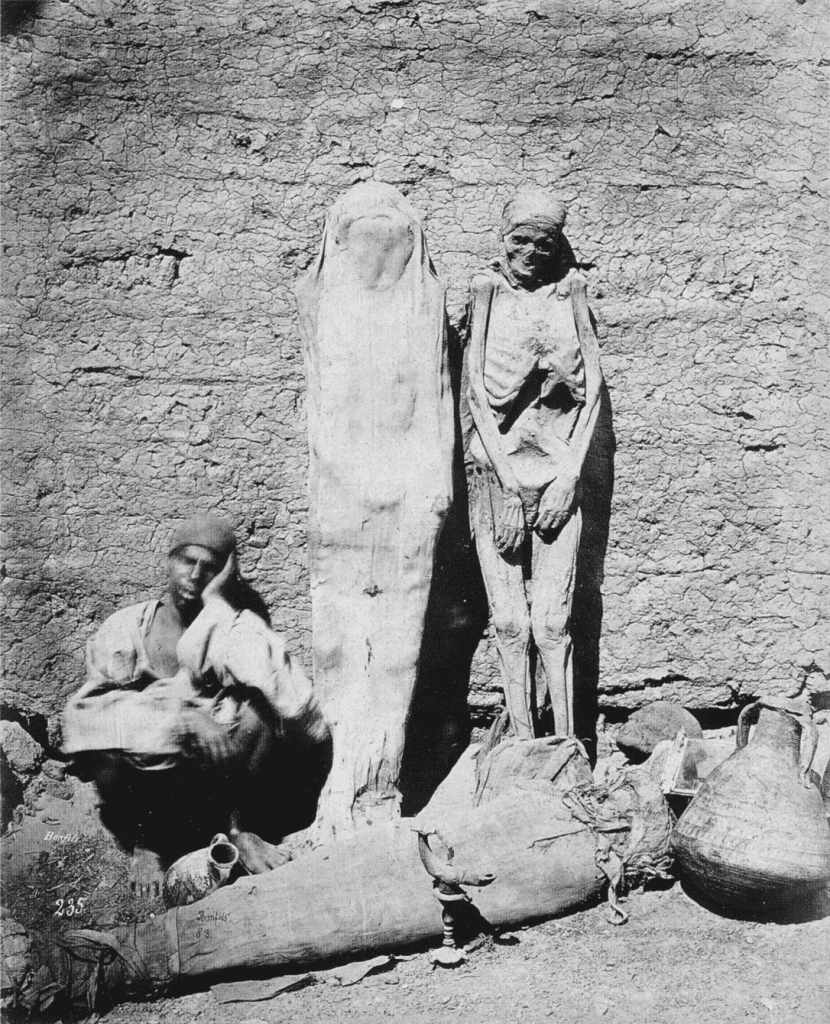
Today, the image serves as a reminder of the importance of preserving history with dignity and protecting the cultural heritage of civilizations past.
Rows of Iron Lungs (1953)
Before the polio vaccine was introduced in 1955, iron lungs became a life-saving necessity for those affected by the disease. A haunting photograph of rows of children confined to these cylindrical machines showcases the devastating toll of the 1952 polio outbreak—the worst in U.S. history.
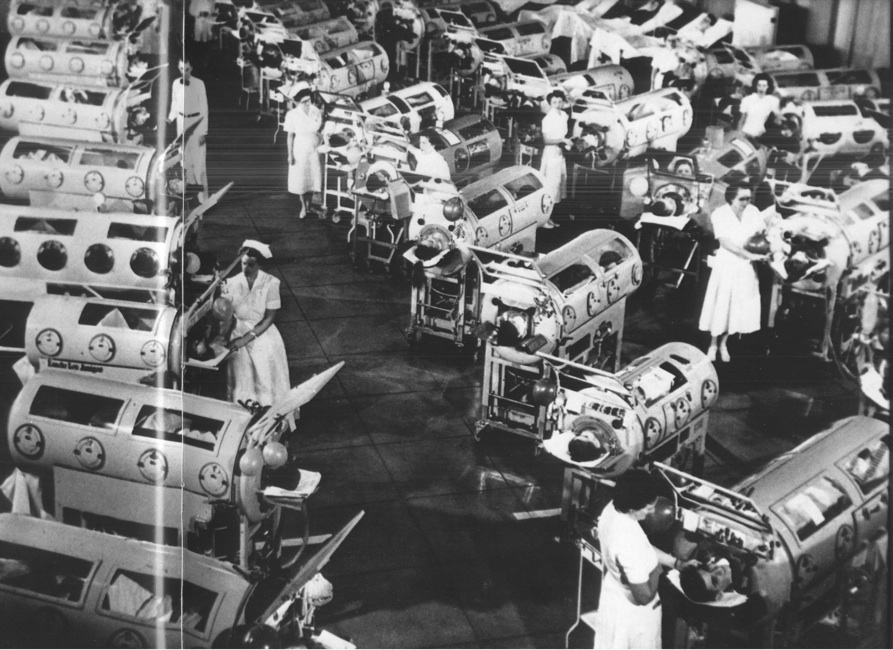
Polio attacked the motor neurons in the spinal cord, leaving many unable to breathe without assistance. For some, survival meant living in an iron lung for years. This image captures both the tragedy of the epidemic and the resilience of those who faced it. It’s a sobering reminder of the importance of vaccines and medical advancements in combating deadly diseases.
A Young Mother and Her Dead Baby (1901)
Post-mortem photography was a common practice in the Victorian era, offering grieving families a way to preserve the memory of their loved ones. This poignant image of Otylia Januszewska cradling her deceased baby, Aleksander, is both heart-wrenching and haunting.
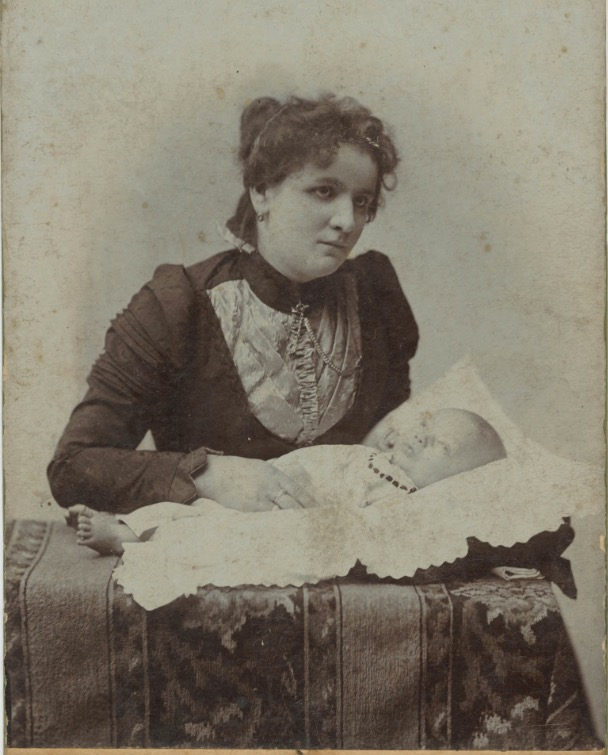
The tradition of post-mortem photography, rooted in the concept of memento mori (“remember you must die”), aimed to capture the essence of the deceased as a final act of remembrance. While the practice might seem morbid by today’s standards, it reflected a culture that embraced death as an inevitable part of life.
This photograph speaks to the deep grief of a mother and serves as a reminder of how societies have historically grappled with loss and memory.
James Brock and the Acid Pool (1964)
In a chilling act of defiance against desegregation, James Brock, the manager of Monson Motor Lodge in St. Augustine, Florida, poured muriatic acid into the pool to deter Black activists from swimming. The image, captured by photographer Charles Moore, is a powerful symbol of the racism and resistance faced by civil rights activists during the 1960s.
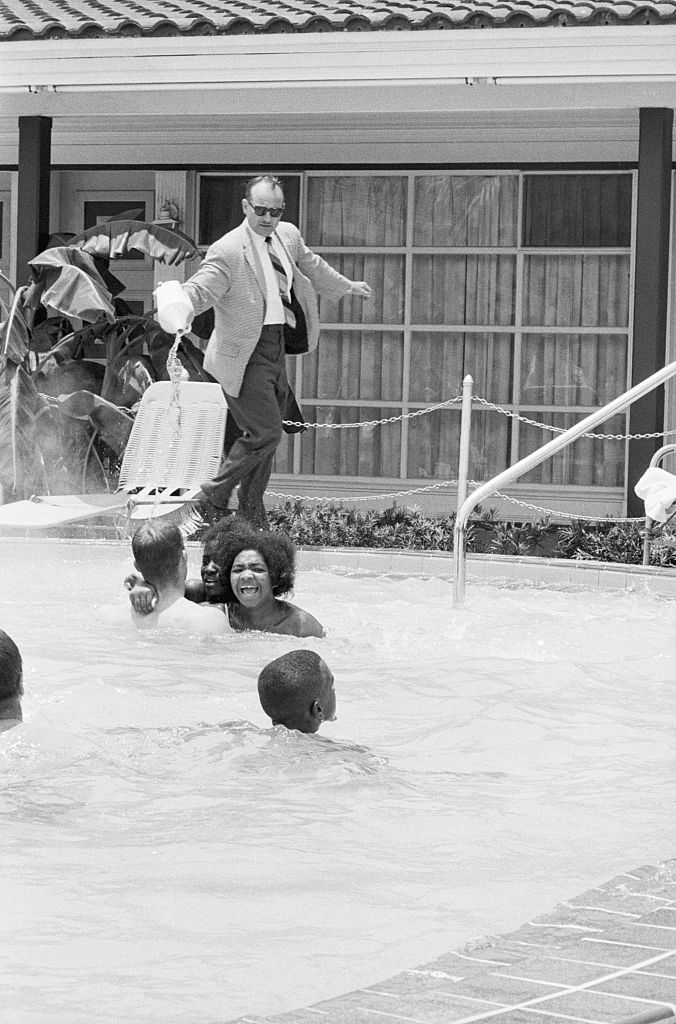
This photograph encapsulates the courage of those who stood against hatred and discrimination. It also underscores the importance of confronting uncomfortable truths about the past to ensure a more equitable future.
Coal Miners Emerging from the Depths (c. 1900)
A photograph of coal miners emerging from the depths of a Belgian mine in the early 20th century offers a glimpse into the grueling realities of industrial labor. Covered in coal dust and exhausted from hours of work in dangerous conditions, these men powered the engines of the Industrial Revolution at great personal cost.
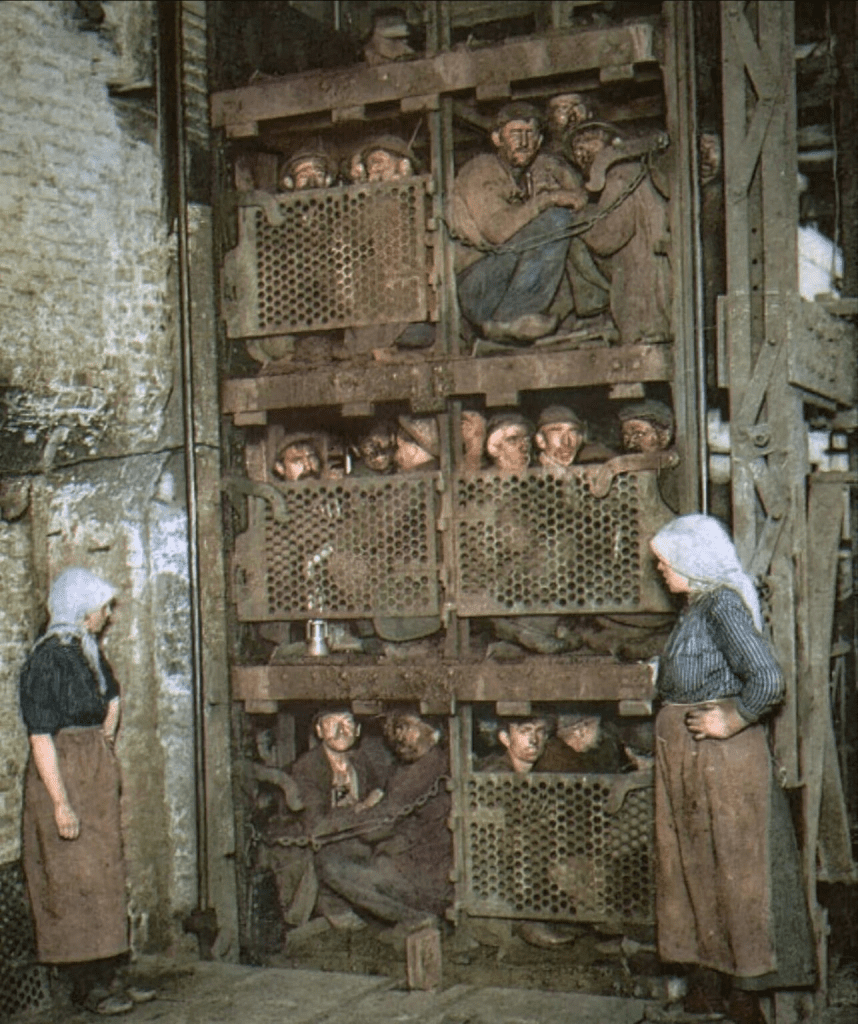
The image highlights the stark contrast between the darkness of the mines and the light above—a metaphor for their resilience and determination. It’s a tribute to the laborers who risked their lives to build the modern world.
Conclusion
Each of these photographs captures a unique moment in history, preserving the emotions, struggles, and triumphs of the people and events they portray. While some images evoke unease or sadness, they also offer invaluable insights into the complexities of human experience.
Through these haunting glimpses of the past, we’re reminded of the importance of preserving history, learning from it, and striving to create a future shaped by empathy and understanding. These images aren’t just relics—they’re powerful testaments to the resilience and fragility of the human spirit.